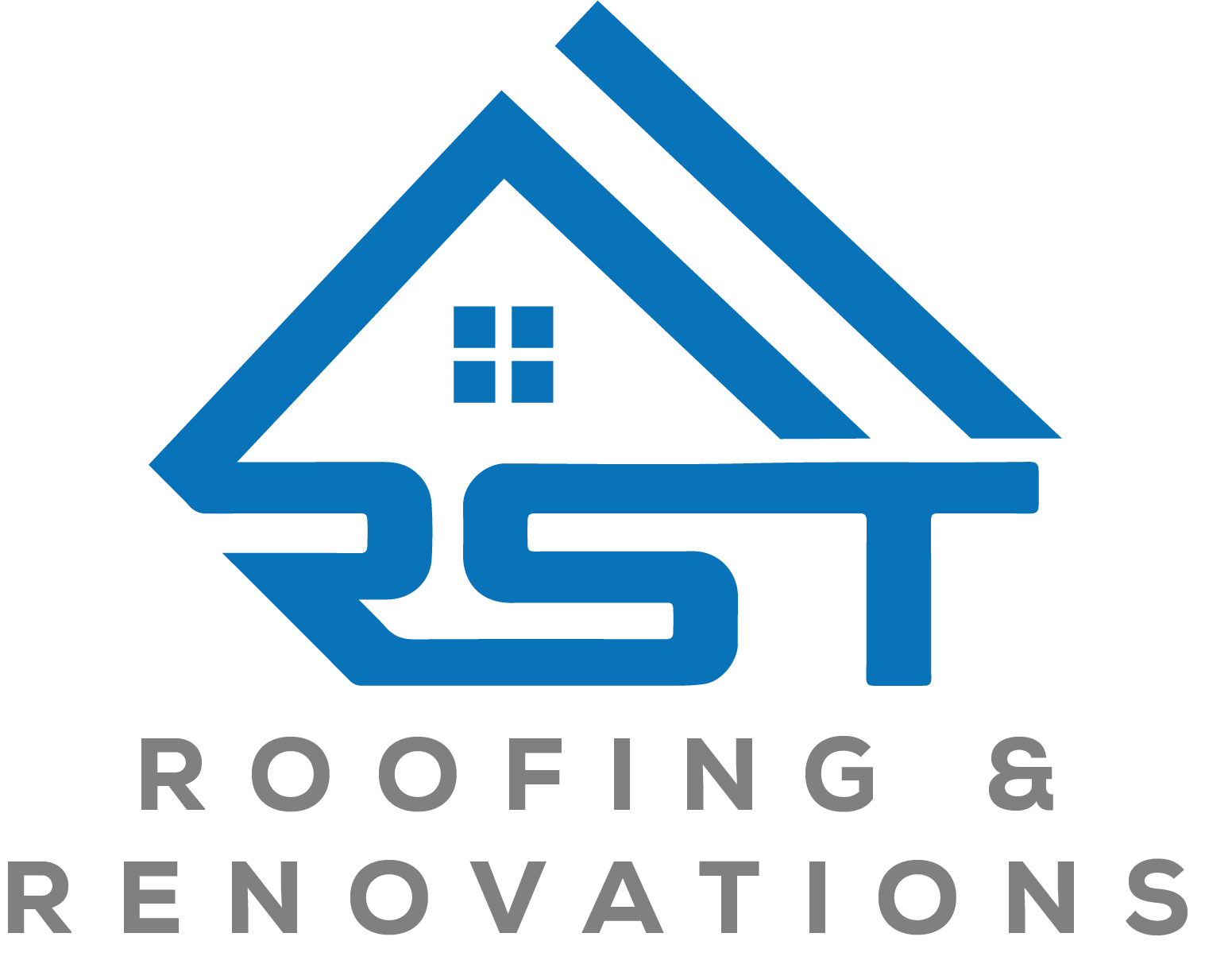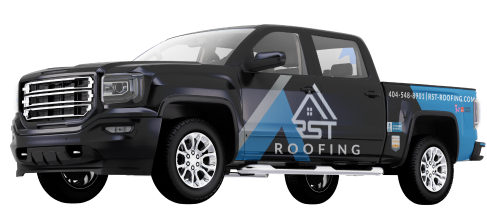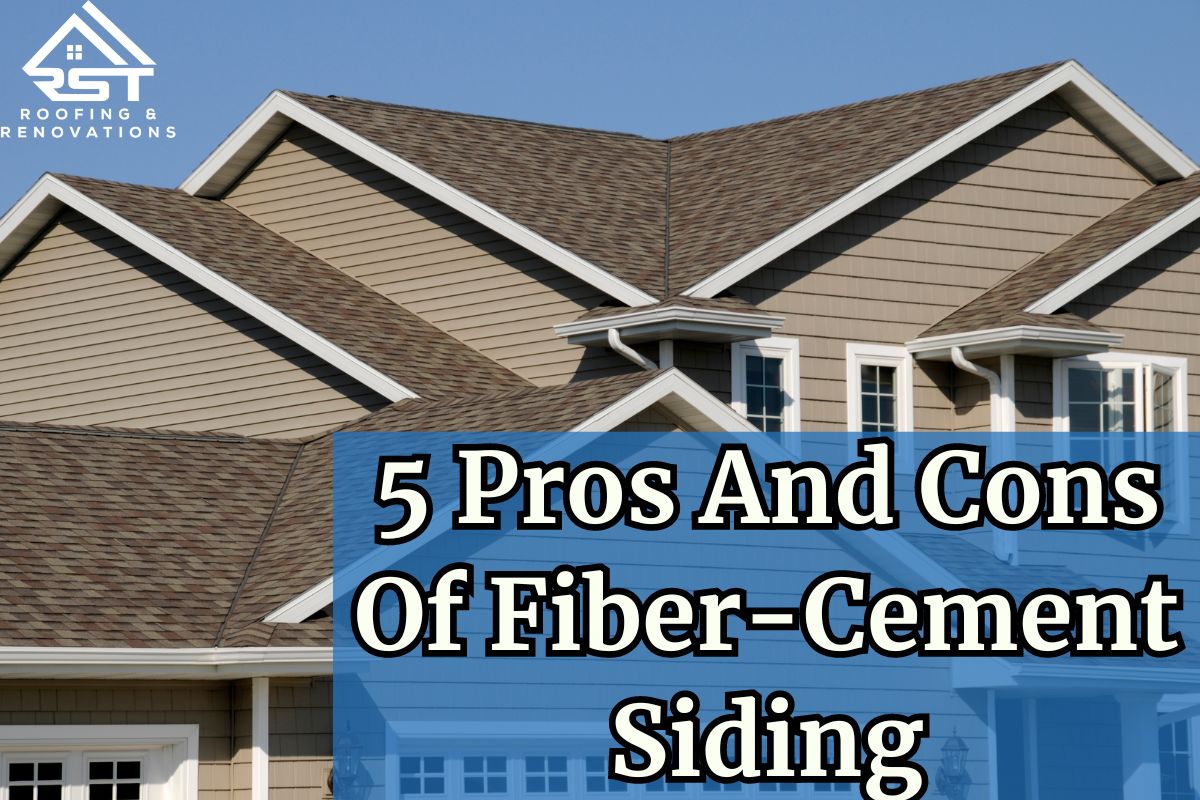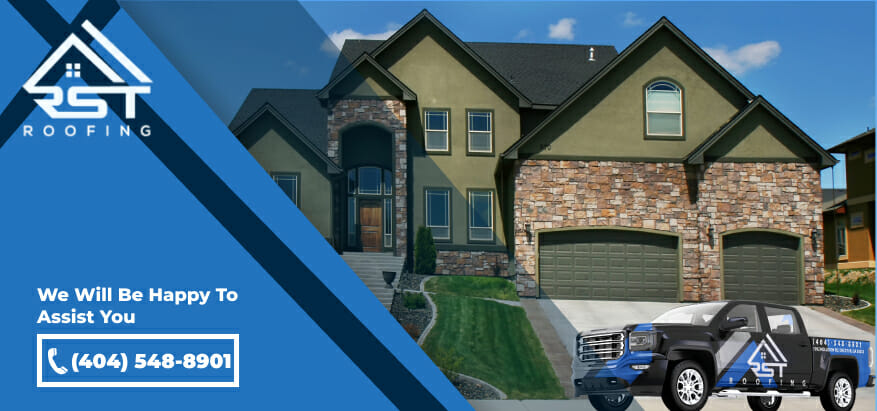Are you thinking of installing fiber-cement siding, but are unsure if it’s right for you? To make a sound judgment regarding this type of siding for your home, understanding its pros and cons is important. In this guide, we will explain to you the pros and cons of fiber-cement siding and compare it with the most popular siding options on the market. This will give your decision a firm backing, so keep reading till the end to get all the information needed to make a sound judgment.
However, let’s first start by reviewing what fiber-cement is.
What Is Fiber-Cement Siding?
In simple terms, fiber-cement siding is an alternative to other popular siding because it addresses flaws that are already present in conventional siding.
Fiber-cement siding can mimic the appearance of real wood while offering superior fire resistance. Unlike real wood, it does not ignite easily and it’s not susceptible to damage from pests and insects.
Vinyl siding is prone to cracking when subjected to hard impacts or severe storms. In contrast, fiber-cement siding is thicker and more durable, capable of withstanding significant forces without penetration. Made from a combination of silica, Portland cement, and wood fibers, fiber-cement siding offers greater resilience and durability compared to vinyl siding.
Introduced in the late 1900s as an alternative to asbestos siding, fiber-cement siding is a safer option. Unlike asbestos, which poses significant health risks during removal, fiber-cement siding is non-toxic in its natural state.
Many fiber-cement siding brands incorporate color technology that resists fading, maintaining the siding’s original color throughout its lifespan. This contrasts with vinyl siding, which while offering a bright variety of colors, tends to fade over time. As a result, fiber-cement siding not only preserves its appearance but also enhances the resale value of your home.
Also read: Siding Damage From Storms: Inspection Guides & Repair Tips For Homeowners.
What Are The Advantages Of Fiber-Cement Siding?
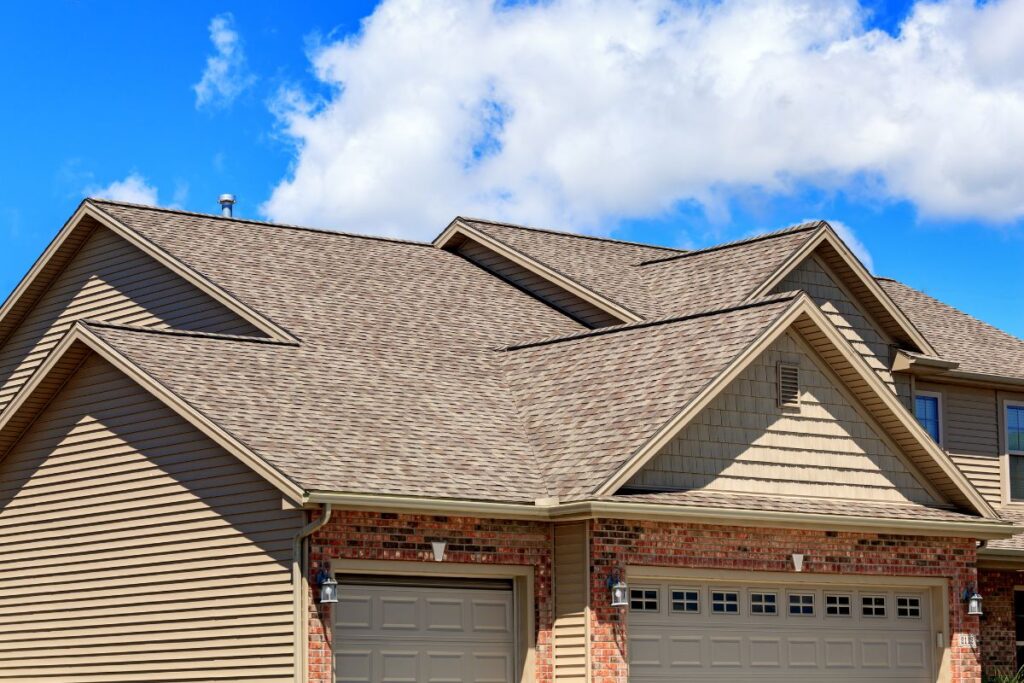
Fiber-cement siding comes with many advantages that you can count on. Some of its most well-known attributes are its durability, energy efficiency, and weather resistance.
1. Durability
This is one of their main selling points. You can count on enhanced durability and resilience when investing in fiber-cement siding. The compound mixture of wood fibers, Portland cement, silica, and water gives the siding thickness and incredible weather resistance.
It’s also durable against pests, rot, and fire, making it a great choice for homes in areas with harsh climates. For instance, if you live in a coastal area where hurricanes are common, fiber-cement siding can provide peace of mind, knowing that your home is protected from the elements.
2. Low Maintenance
Vinyl siding and wood siding require timely maintenance because they easily crack and become damaged when hit by debris or hail. However, fiber-cement siding is relatively maintenance-free, making it a practical choice for homeowners in harsh weather conditions. Moreover, it does not need to be painted or stained and can be easily cleaned with a garden hose.
3. Energy Efficiency
Besides their durability, homeowners consider installing fiber-cement siding for improved insulation and energy efficiency. The thick and durable fiber-cement siding can wrap your home preventing the risk of air leaks or heat transfer. These attributes can lead to lower energy bills, which can offer significant savings for homeowners.
4. Fire Resistance
Unlike wood siding, which is very susceptible to burning in fire-prone areas, fiber-cement siding is fire-resistant and can help protect the home from fire damage. This is an important safety feature that can give homeowners peace of mind. In the event of a fire, fiber-cement siding can help slow the spread of flames and protect the home’s occupants.
5. Appearance
Fiber-cement siding is available in a variety of styles and colors, so it can be used to create a variety of looks. This allows homeowners to customize the appearance of their home to their liking. Whether you want a traditional or modern look, fiber-cement siding can help you achieve the desired effect.
What Are The Disadvantages of Fiber-Cement Siding?
Like any other siding solution, fiber-cement sidings come with its own share of disadvantages of which you must be aware before the installation.
1. Cost
Fiber-cement siding is more expensive than some other types of siding, such as vinyl or aluminum. This can be a significant drawback for homeowners on a budget. However, it’s important to remember that fiber-cement siding is a long-term investment and can save money in the long run due to its durability and low maintenance requirements.
2. Installation
Fiber-cement siding is more complex to install than other types of siding and may require professional installation. This can add to the cost of the project. However, many homeowners find that the benefits of fiber-cement siding outweigh the cost of professional installation.
3. Weight
Since it creates a thicker material, fiber-cement siding is heavier than other types of siding, making it more difficult to transport and install. This can also be a safety hazard if the siding is not properly installed.
4. Brittleness
Fiber–cement siding can become brittle and may be damaged if it is hit by hard objects. This can be a concern for homes in areas with a lot of hail or other flying debris.
5. Susceptibility to water damage
When not maintained and cleaned regularly, water stains can be easily seen on fiber-cement siding, which may be a problem in areas with lots of rain or snow.
The Top 3 Fiber-Cement Siding Manufacturers And Their Products
1. James Hardie
James Hardie is a leading manufacturer of fiber-cement siding with a wide range of products to choose from. Their products are known for their durability, beauty, and low maintenance. Some of their most popular products include:
- HardiePlank® lap siding
- HardieShingle® siding
- HardieTrim® boards
- HardiePanel® vertical siding
2. Nichiha
Nichiha is also a popular manufacturer of fiber-cement siding. Their products are known for their high quality and unique designs. They also produce a variety of fiber-cement siding products in different colors and styles to help homeowners choose a color and orientation that suits their homes.
3. LP Building Solutions
LP Building Solutions is a leading manufacturer of engineered wood products, including fiber-cement siding. Their products are known for their durability, affordability, and ease of installation. Some of their most popular products include:
- SmartSide® lap siding
- SmartSide® shakes
- SmartSide® trim
- SmartSide® panels
Related: Top 6 Fiber-Cement Siding Manufacturers In 2024
Final Thoughts
To summarize the pros and cons of fiber-cement siding, its durability, fire resistance, and low maintenance are major selling points. However, the complexities of installation, potential moisture issues, and higher initial costs are important considerations. Understanding all the factors involved can help you determine whether fiber-cement siding is the right choice for your home.
Contact The Expert Siding Installers In Atlanta, GA
Now that you know the pros and cons of fiber-cement siding, you can make an informed decision. However, it is best to contact a professional siding installer in your area to better guide you depending on the local weather conditions and your home’s exterior needs.
Contact our skilled and experienced siding installers at RST Roofing and Renovations in Atlanta, GA. The professionals at our company are proficient at handling any home renovation project, be it siding installation or repair. We install a variety of siding types, including vinyl and fiber-cement siding, helping you achieve your home’s desired look. Give us a call today at (404) 548-8901 for further inquiry.
